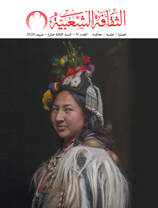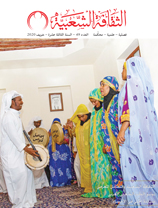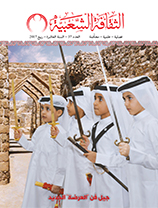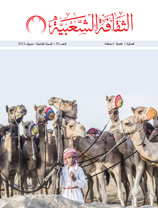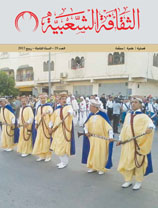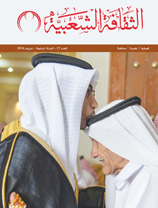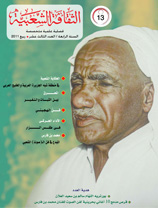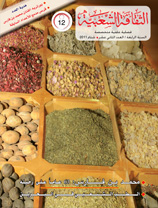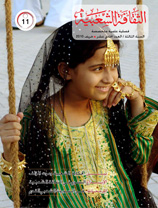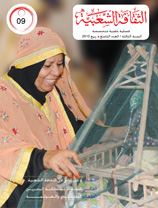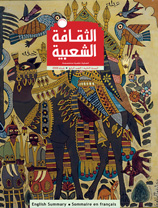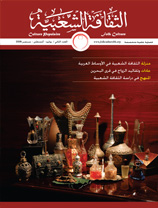Gulf Theatre's Jinn: Superstition Vs. Tradition
Issue 62

Zahra Al Mansour
Bahrain
This study looks into the depiction of Jinn (supernatural spiritsunseen creatures) in the scrips of four theatrical plays from the Arabian Gulf region. The scripts included in the sample of the study are from the plays "Al-Yathum," "Al-Qaraniyyah," "Mushakhas," and "Shadow and Seven Spirits". The presence of Jinn creatures in these plays shows that the beliefs produced by folk culture are still popular in playwriting. The examination of the depiction of Jinn in the selected texts show that beliefs about the creatures have been passed down from generation to generation and have therefore not greatly changed from what they were in the past.
With the exception of what is mentioned in the holy Quran, there are no scientific or reliable basis on which to determine what is true or fictitious about Jinn. Therefore, playwriters are free to depend on their imaginations when weaving the plot or designing characters for their plays. Hence, the depiction of Jinn in a play is referenced almost entirely by each author's own cultural beliefs and their perception of the creatures.
The depiction of Jinn is the plays is characterized by the presence of the creatures in physical form, the attribution of all unknown happenings to the Jinn, and their inevitable triumph over humans; whether it is explicit or implied in open-ended plots. Naturally, the latter holds significant connotations.
None of the authors of the scripts that have been examined in this study provides a scientific interpretation for behaviours or states that are culturally linked to Jinn position or spirit possession, such as epilepsy. In the case that a character appears to develop such behaviours, those around him turn to religious figures with training and expertise in exorcism. This occurs frequently in the play as a reflection of reality. Those who suffer from Jinn position, or those who exhibit symptoms which are linked to the it, are forced to endure painful 'treatments' and measures of exorcism. However, their symptoms soon return due to the lack of a scientific diagnosis and proper treatment.
The study finds that cultural heritage, as represented by beliefs, traditions, arts, literature, and other sources of heritage that are linked to societal reality, continues to provide writers and artists with inspiration. This is exemplified by the various artworks and texts revolving around Jinn, which many cultures believe in.
In order for a concept to evolve through time and spread into folk culture, it is essential that each culture emphasises its legacy in to identify its intellectual production and establish the unique characteristics of the community from which it emerged.
















